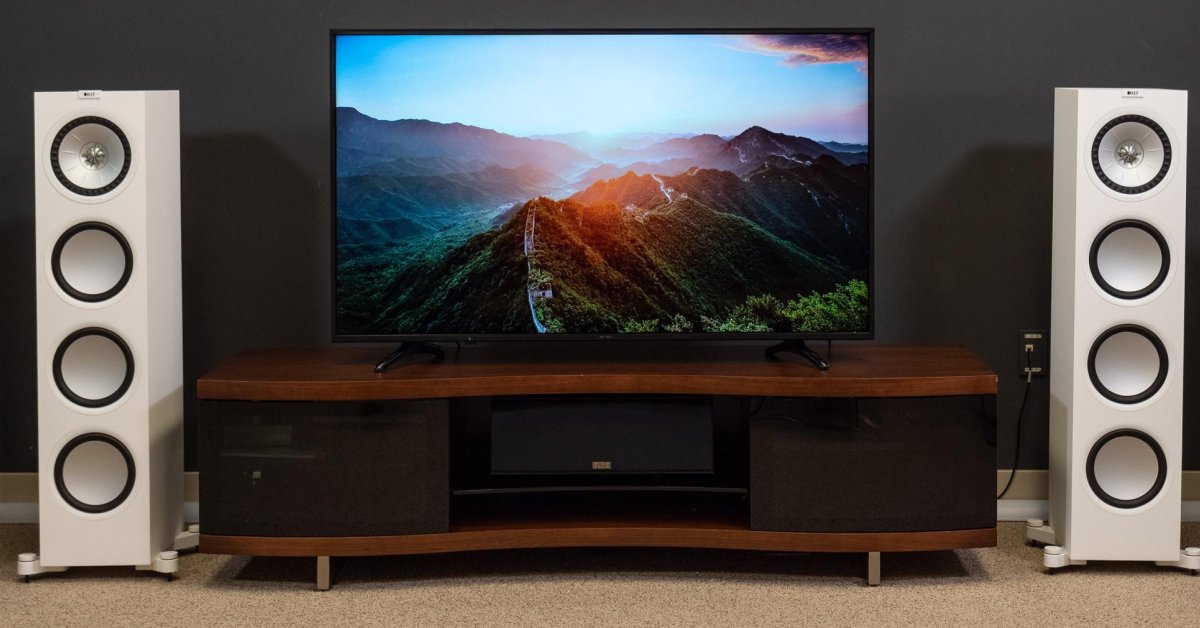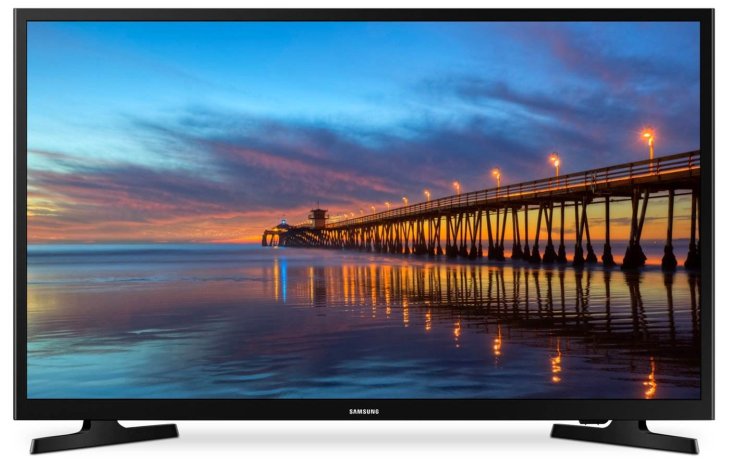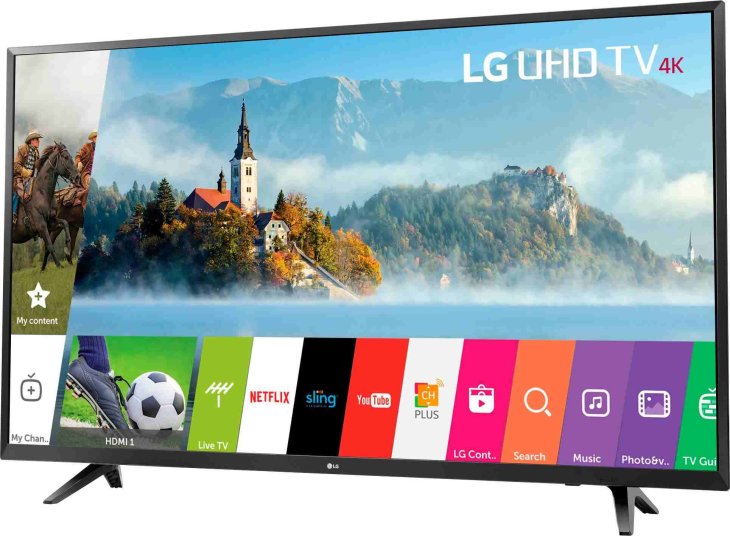720p, 1080p, and 4K: Which Resolution Is The Best For Your TV?
Aadhya Khatri - Sep 20, 2019

Here is an explanation of screen resolution to help you understand what 720p, 1080p, and 4K mean for a TV
- Top Best 4K TV 2021 For The Best Viewing Experience
- $400,000 MicroLED TV Can Be Folded Like A Fan And Placed Under The Floor
- This TV Costs Rs 2.9 Crore, What Makes It Crazy Expensive?
Finding a new TV to purchase can sometimes make you feel like you have to use math more than you want to. What you will notice right away is terms like 720p, 1080p, and 4K Ultra HD; but what do they mean for you?
Here is an explanation of screen resolution so that you can make a more informed decision:
Pixels
Pixels are what make every display you see nowadays. They are the super small dots that create the picture you see. If you want to see them clearly, the only way is to stand really close to the screen; otherwise, from a certain distance, they are so dense that all of them mix together to make an image.
Resolutions
720p

There are 720 rows and 1,280 columns of pixels on a 720p television. If you multiply these two digits, you will have 921,600 pixels. If a TV screen is called high definition or HD, it must at least have that many pixels.
1080p

Another name for 1080p is full HD. A 1080p TV has a total of 2,073,600 pixels, with 1,080 rows and 1,920 columns.
1080p has been the industry standard for high definition. Nowadays, most content, including movies, broadcasts, and shows are produced in this resolution.
4K Ultra HD

4K is another name to call UHD or Ultra HD. The word 4K can sometimes be hard to understand, as there are 2160 rows and 3.840 columns of pixels, making a total of 8,294,400 pixels. So a more straightforward name should be 2160p.
When 4K screen was too expensive to buy, not many studios were keen on producing content at this resolution because it would be a waste of investment. But now, as UHD TVs have become more budget-friendly, 4K content gradually turns into a new trend.
Why Upgrade?
With all of that pixels and resolution, how do they help you land the next TV?
For one, a 65-inch UHD display looks a lot better than a CRT TV. You will have plenty of details, sharper lines, and smoother curves. Even if you sit close to the TV, you will not see the pixels. However, do not sit like that for too long; it will harm your eyesight.
The size is another feature to think about. It does not matter if the TV has 720p or 1080p if its size is just 24 inches. 4K resolution is also useless on a 32-inch TV. So if you can afford it, go for one that is larger than 40 inches with Ultra HD.
Manufacturers are focusing lots of their effort on making 4K TVs so you can expect exciting tech like support for HDR color on yours.
The Future
With technology’s developing speed, many of us may worry that their investment may become outdated in a few years.
It is true that 8K is on its way, but a TV with this resolution will be too expensive for us anyway. Besides, human eyes can perceive a limited number of details, so why stretch your budget if you cannot tell the difference between 4K and 8K like when you notice a boost of resolution between 1080p and 4K.
So if you are eying an Ultra HD, go ahead, make a purchase, your future TV will be relevant for the foreseeable future.
Featured Stories

Gadgets - Jul 21, 2025
COLORFUL Launches iGame Shadow II DDR5 Memory for AMD Ryzen 9000 Series

Gadgets - Jun 23, 2025
COLORFUL SMART 900 AI Mini PC: Compact Power for Content Creation

Review - Jun 18, 2025
Nintendo Switch 2 Review: A Triumphant Evolution Worth the Wait

Gadgets - Jun 18, 2025
Starlink: Why It’s a Big Deal for U.S. Internet in 2025

Gadgets - Jun 17, 2025
How Custom PC Setups Support India's Esports Athletes in Global Competition

Gadgets - Jun 12, 2025
Lava Prowatch Xtreme Launches with Google Fit Integration

Gadgets - Jun 07, 2025
Fujifilm Instax Mini 41 Launches in India: Stylish Instant Camera Now Available...

Mobile - Jun 07, 2025
Realme C73 5G Launches in India: Budget 5G Phone Starts at ₹10,499

Gadgets - Jun 07, 2025
OnePlus 13s Makes Indian Debut: Compact Flagship Brings Premium Features at...

Gadgets - Jun 07, 2025
Comments
Sort by Newest | Popular